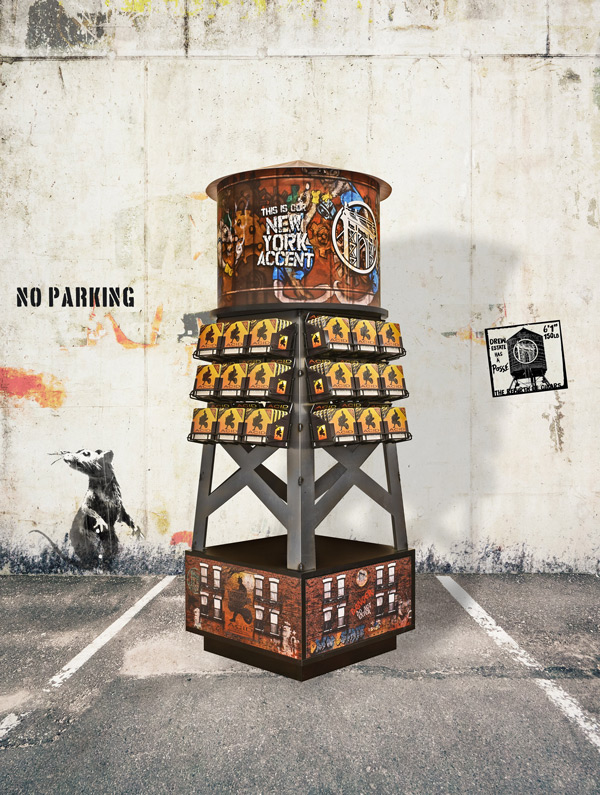Innovation. It’s a word that gets used a lot in the tobacco industry, but does anyone know what it means? Merriam-Webster defines innovation as the introduction of something new, such as an idea, method or device. In the tobacco industry, innovation takes on many forms and roles, from a new product that disrupts an established market to a new approach to viewing and marketing to a new generation of smokers.
“Innovation could be anything,” explains Rob Norris, general manager of Altadis U.S.A. “It could be related to a process or a product—it’s about being able to take that risk and not being worried about making a mistake.”
 “Innovation, for me, doesn’t mean you have to do it first,” adds Sam Morales, marketing director of Drew Estate. “Many times, we’ll see other things people have done that will inspire us to use it or do it in a way that’s different from their original intended purpose. At Drew Estate, we came out with a water tower merchandising concept that’s a great example of innovation. We’re new in the tin business, so we looked at it as if we were not going to be able to get the shelf space we needed for our new products. That’s how we innovated in that space—we created the shelf space for our brands. Innovation is just looking at what other people are doing, and a lot of the times, repurposing it to what your needs are, or coming out with something entirely new and different that hasn’t been done before and learning from it. It’s about continuing to enhance and refine until you get to where you and your products need to be.”
“Innovation, for me, doesn’t mean you have to do it first,” adds Sam Morales, marketing director of Drew Estate. “Many times, we’ll see other things people have done that will inspire us to use it or do it in a way that’s different from their original intended purpose. At Drew Estate, we came out with a water tower merchandising concept that’s a great example of innovation. We’re new in the tin business, so we looked at it as if we were not going to be able to get the shelf space we needed for our new products. That’s how we innovated in that space—we created the shelf space for our brands. Innovation is just looking at what other people are doing, and a lot of the times, repurposing it to what your needs are, or coming out with something entirely new and different that hasn’t been done before and learning from it. It’s about continuing to enhance and refine until you get to where you and your products need to be.”
Just as there are many different definitions of innovation, there are also different takes on how it applies to various tobacco product categories and its place in different companies. Businesses rely on innovation to fuel growth, to stand out from their competitors and to market their products. Innovation is also viewed as a threat by some and can be weaponized to control and even halt the expansion and popularity of a product category. Before you or your company can claim a product is innovative, you must first understand its importance to the vitality of the entire tobacco industry.
Stifling Growth
Many businesses have just as much of an investment in innovation as they do in product development and marketing. Innovation is a key ingredient in the success of many brands—without it, a company can fall behind its competitors, a once-popular product or brand can suddenly feel very old and dated, and once-loyal customers could jump to other brands in search of something new. By attacking innovation, anti-tobacco groups and agencies are able to hit the one area many businesses rely on for survival.
“If innovation is stifled, consumers, in theory, will become bored with the category, and that’s not good for any of us. I think this is the biggest threat to the industry—around innovation,” Norris explains. “I’ve been in tobacco for over 20 years, and you always see these doomsday scenarios, and yet we always find a way around them. We will find different ways to excite the consumer and give them some sort of innovation at the point of sale.”
Today’s Innovation
Even though innovation is under assault by legislators, it’s still present and has yet to be completely extinguished. As more challenges have arisen, the tobacco industry has been forced to change and to conduct business in a new way. Out of adversity has risen a new spark of resilience and creativity that shows tobacco businesses will continue to evolve and to innovate despite challenges.








